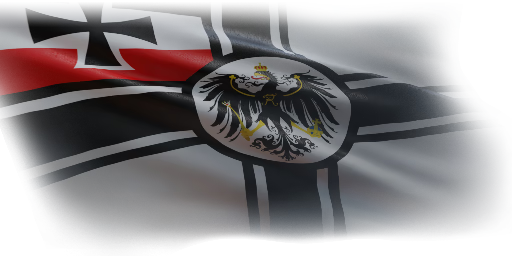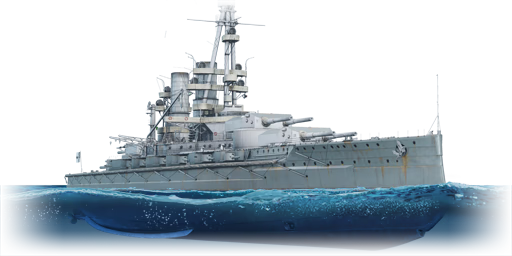The SMS Bayern was the lead ship of the Bayern-class dreadnoughts of the Kaiserliche Marine. She had one sister, Baden, while the other two ordered ships (Sachsen and Württemberg) were cancelled. She was laid down on 22nd December 1913 and commissioned on 15th July 1916. She saw very limited service during her career. Her most notable action was in September 1917 during Operation Albion where she, together with four König- and five Kaiser-class battleships, participated in seizing the Baltic island of Ösel (Saaremaa). During the operation, Bayern struck a mine and had to withdraw to Kiel to undergo repairs. Meanwhile, König and Kronprinz engaged the Russian pre-dreadnought battleship Slava and sunk it. After the German surrender, Bayern was to be handed over to the British. She was scuttled by her crew and sunk at Scapa Flow together with the majority of the German High Seas Fleet.
The Bayern was introduced in Update "Danger Zone". She boasts powerful 38 cm guns paired with an only 26-second reload which is faster than most dreadnoughts with smaller calibre guns. The ship itself is very well-protected, though caution is advised when the armour plates covering the magazines at the waterline are destroyed as this can lead to fatal magazine explosion. The coal bunkers behind the armour belt also further enhance the magazine protection. As the Bayern is a WWI-era ship, she is vulnerable to air attacks as she possesses very limited anti-air weaponry.















